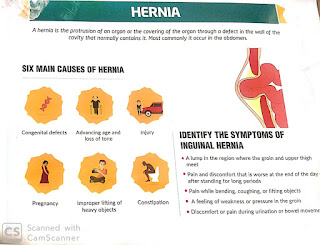Syllabus 1 Description of Yantra, Shastra, Anushastra: Definition, number, types, uses, Dosha, Guna, Karma. Relevant modern instruments. Target - Basic understanding of the concepts of Yantra and Shastra. Acquaintance · with commonly used surgical instruments. Knowledge of textual descriptions. Preferable targets - Knowledge about currently used surgical instruments, their · specifications, procurement sources etc. 2 Agnikarma: Mahatva, Upakarana, Vidhi, Akruti bheda, Yogya, Ayogya and Upadrava Chikitsa. Contemporary techniques and tools of Agnikarma. Target - Capability to appreciate the clinical indications and comprehend Agnikarma · procedure. Preferable targets - Hands on experience of use of cautery in surgical practice 3 Fluid, Electrolyte, Acid Base Balance and Nutrition: i. Introduction of physiology of fluids and electrolytes. ii. Dehydration and over hydration. ...


